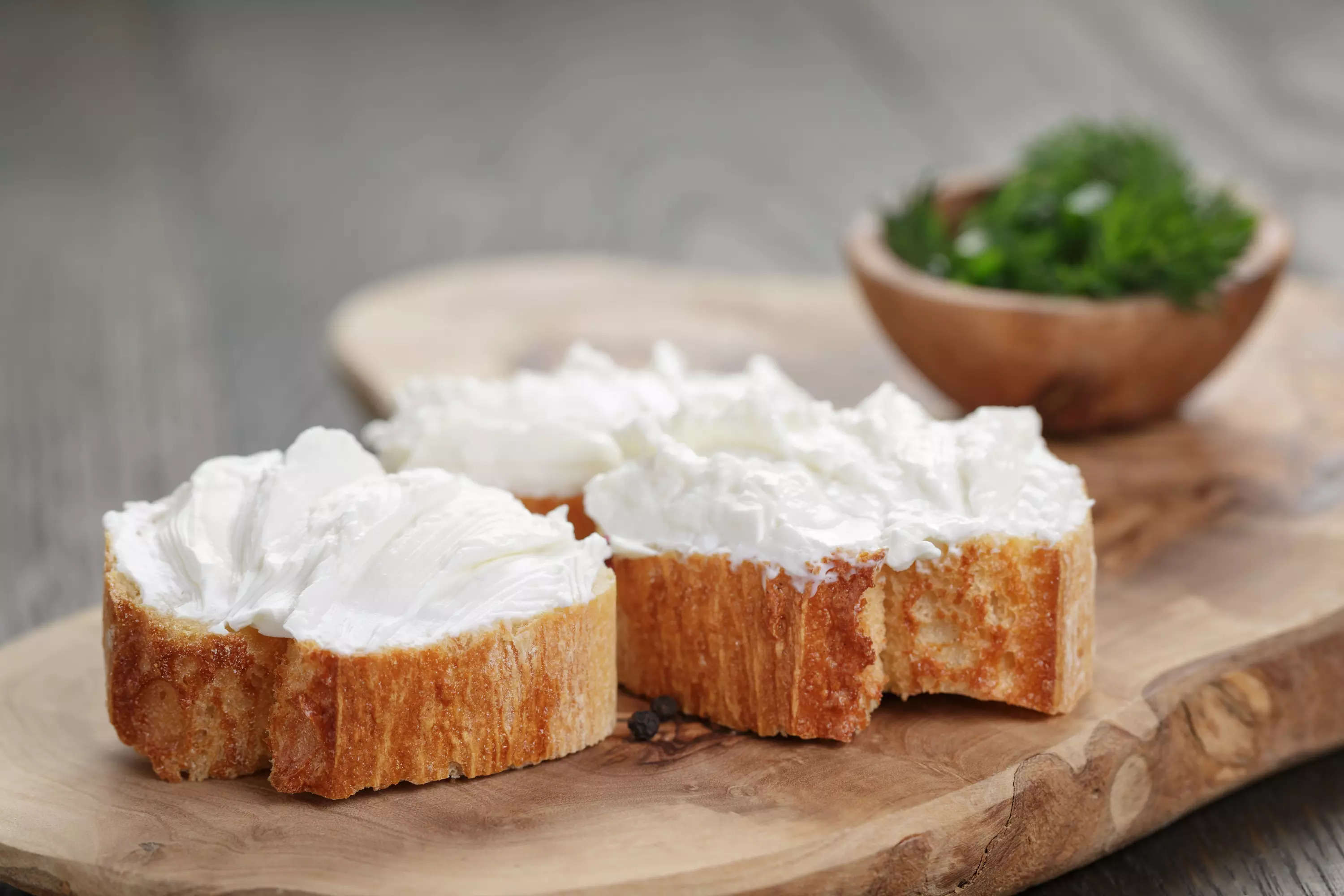Indulge in a world of cheesy delicacies!

Cream Cheese: What Makes The ‘Schmear’ Perfect
In the world of cheese, cream cheese has a significant spot and is a staple during breakfast meals. Read on the article to know more about your favourite cream cheese

A Bagel with cream cheese is a match made in heaven
Whether slathered on a bagel, whipped into a frosting, or folded into a savoury dish, cream cheese continues to spread joy and satisfy our collective craving for creamy, indulgent goodness
Cheese has eternalised milk forever. And in the world of cheese varieties, few things rival the indulgence of cream cheese. This versatile spread has the world in its grip, quickly becoming a staple on breakfast tables across the globe. It is definitely our go-to ingredient for countless delectable dishes. But how did this luscious creation find its way into our kitchens?
History Of Cream Cheese
Some studies suggest cream cheese dates back to Europe, where early versions were crafted using a combination of milk and cream, creating a sumptuously smooth texture that hinted at the decadence to come.
But the true transformation of cream cheese happened in America, where in the late 1800s an American dairyman named William Lawrence accidentally created what we now know as cream cheese while attempting to reproduce the French Neufchâtel. His serendipitous result was richer, creamier, and soon gained popularity, especially in the Jewish community.

Cream cheese
He partnered with another dairy producer to make this variety, but a distributor in New York, who secured the rights to distribute this cream cheese, is the one who called this variety Philadelphia Cream Cheese, the moniker by which it continues to be known. It became a brand and the rest is history.
To make cream cheese, lactic acid is added to pasteurised milk and cream, which lowers the mixture's pH, causing it to form curds, which are heated before the addition of stabilisers. In countries like Canada, stabilisers are omitted from the process.
Today, the U.S. Food and Drug Administration defines cream cheese as containing at least 33% milk fat with a moisture content of not more than 55%, and a pH range of 4.4 to 4.9, which is the source for the cheese’s tangy flavour. From the creamy foundation of cheesecakes to being an essential in spreads and dips, this variety is iconic and evergreen. Cream cheese’s iconic ‘schmear’ also became the perfect addition to bagels, and the two have been a sensational breakfast combination ever since.
Cream cheese
History of cream cheese
European origin
Milk
cheesecakes